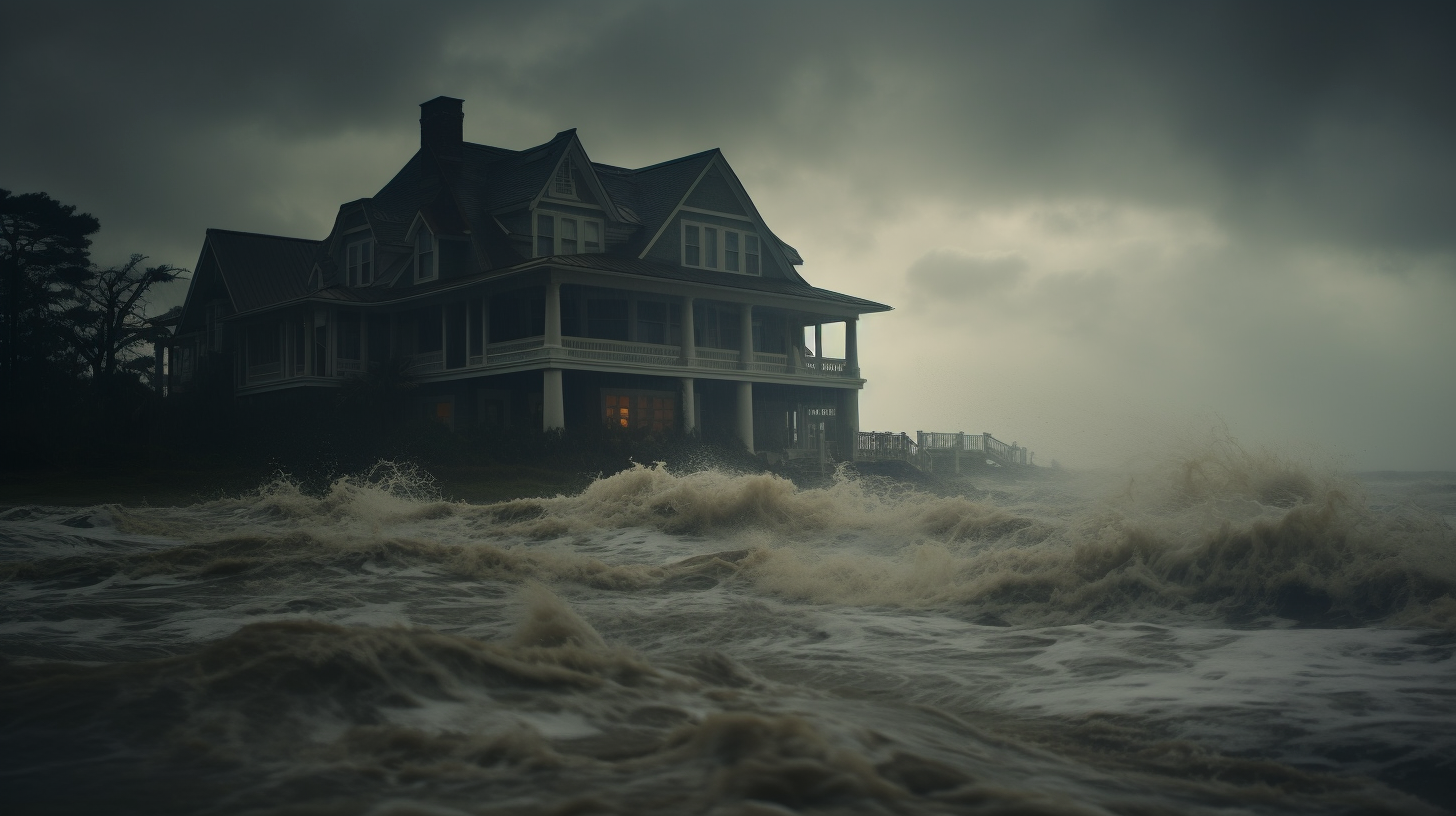
The Homeowner’s
Prisoners Dilemma
In hindsight, it is hard to spot a single catalyst of the great coastal area housing crisis. Was it banks denying long term loans? Or insurers refusing to issue seaside property policies? Or homeowners finally waking up to the impact of rising ocean levels?
As early as the 2010s, economists warned of a spreading housing crisis more severe than that of the great recession. But, unlike any other recession before, there would be no hope of a bounce back in property values.
By the 2020s, the real estate business along Gulf Coast had become a matter of pessimists selling to optimists, with the optimists remaining a majority.
Regular flooding, storms, and sea water invading fresh water resources reversed that pattern by the end of the decade. Seaside real estate value plunged. Some property values dropped close to zero before the water even reached the doorstep.
Homeowners who failed to leave in time became hostages to their homes. Unable to sell, uninsured, their wealth and life savings tied to their properties, they waited, anxiously watching the sky and ocean, praying, counting on their luck.
But in 2034 their luck ran out.
It had been a long, hot summer. Beautiful and calm. Early autumn storms had been moderate - until Drake appeared.
Drake started as an average Class 3 hurricane, crossing the Caribbean, moving west. Changing its trajectory several times, it finally slowed to become a mild tropical storm before it hit Florida, putting coastal communities at ease. But then, Drake moved onto the Gulf of Mexico and hovered over warm water. Soon, Drake transformed into a raging monster - and that monster was heading straight for Louisiana.
